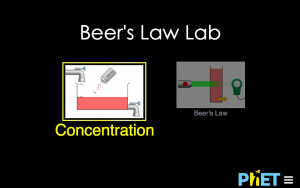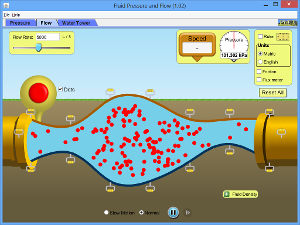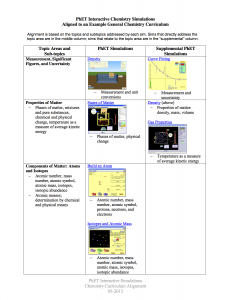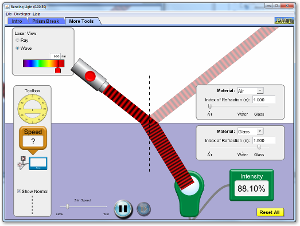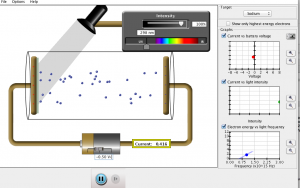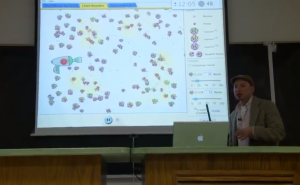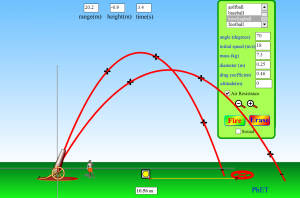Dear Fellow Educators, Administrators, Education Resource Providers,
We need your help!
To help us secure future funding to advance our work and keep PhET free, and to make the site as useful as possible for you, we need to know more about how, where, and why you use PhET in your teaching, and how you see the simulations influencing your students’ learning. We also want your input on future directions for the PhET project.
We are seeking very broad representation, so please forward this invitation to any educators you know.
If you are …
K12 Teacher who teaches with PhET:
https://cuboulder.qualtrics.com/SE/?SID=SV_5z4mrcuB1JwW9mZ
College Faculty who teaches with PhET:
https://cuboulder.qualtrics.com/SE/?SID=SV_a9TLQpQd0cRB6fz
Use PhET in your education work or product (but not in teaching K12 or college):
https://cuboulder.qualtrics.com/SE/?SID=SV_5bEt1hYhrHhUIFT
Familiar with PhET, but do NOT USE PhET in your work:
https://cuboulder.qualtrics.com/SE/?SID=SV_e34gOkbneq7q0M5
If any of these links don’t work, go here:
http://tinyurl.com/phetsurvey
Or copy and paste one of the URLs above into your internet browser.
Your participation is entirely voluntary, and your individual responses to this survey will be confidential. If you would like your institution to appear on a list or map of PhET users, you will have an opportunity to provide permission.
The survey results will be compiled to help improve PhET. Only aggregated results or anonymous statements will be used in any publications or reports, be disseminated on our website, or used in presentations to funders, educators, or researchers.
Thank you for your time and feedback!
Your PhET Team,
Kathy Perkins, Kathy Dessau, Noah Podolefsky, Mike Dubson, Robert Parson, Trish Loeblein, Noah Finkelstein, Emily Moore, Ariel Paul, Julia Chamberlain, Karina Hensberry, John Blanco, Jon Olson, Chris Malley, Sam Reid, Sam McKagan, Danny Rehn, Jesse Garrison, Linda Wellmann, and Oliver Nix


